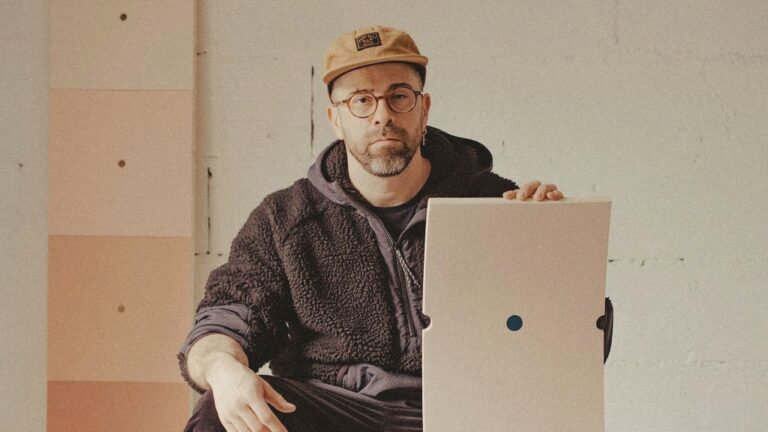
A Conversation with Alejandro Javaloyas
A Studio Visit During the La BIBI Residency
Art history has been marked by an abundance of terms, concepts, and movements, often resulting in a somewhat confusing terminology. An issue that frequently leads to confusion and ambiguity is the distinction between Modern Art versus Postmodern Art.
Modern Art is a container concept referring to art during Modernism marked by idealism and an almost dogmatic belief in reason and progress. At the same time, Postmodern Art is a container concept for art during Postmodernism marked by an epistemological doubt challenging the notion of universal truth(s).
If things are not clear yet, do not worry. I would be surprised if they were! As a result, we have set up a simple Q&A article in which we answer step by step the most important questions about Modern and Postmodern Art, encompassing their definitions, key characteristics, and differences and illustrating how these concepts are translated into art with some examples of the most important art movements of Modern and Postmodern Art.
In just eight simple questions and eight – relatively – simple answers, the confusion, as mentioned above, and ambiguity concerning Modern Art versus Postmodern Art will become clear. As a result, we point out the critical differences in the conclusion at the end of the article. Now, without further delay, let’s begin with our Q&A article.
As stated in the introduction, the difference between Modern Art and Postmodern Art is strongly connected and determined by the cultural period in which the art manifested itself.
Modern Art is a container concept referring to art during the period of Modernism, starting and ending roughly around 1850 and 1950.
With all historical eras or movements, one must be aware of the fluidity of these periods blending slowly into the following period. As a result, these periods in time are not rigid and may not be interpreted too literally. As a result, there are many possible starting and ending dates, as is the case with every historical period.
With Modernism, and thus with Modern Art, the starting point lies between 1830 and 1870. Some say Modernism’s starting date can be around 1830, with art movements such as Romanticism and Realism introducing new themes and topics. However, arguably the most common starting point for Modern Art is the symbolic event of the Salon des Refusés in Paris in 1863, where the artists departed from the academic conventions and started to innovate regarding style and subject matter.
For instance, during the first Salon des Réfusés the iconic painting Déjeuner sur L’herbe was exhibited after being refused by the jury for the Salon of the academy. Nudity was prevalent in 19th century France, however, this was no Venus, or academic nude Manet had painted. Instead, he painted two naked prostitutes sitting next to two fully dressed bourgeoisie men resulting in controversy and public notoriety. In many (symbolic) ways, Modern Art starts with this very painting.
The end of Modernism and Modern Art is situated between 1945 and 1960. The end of the Second World War resulted in a clear ideological shift in politics and philosophy, and so it did in art. Others say Modernism ended around 1960 due to a noticeable shift in culture and art. The truth is this shift didn’t take place overnight but was more of a process instead of a sudden turnaround. But there was no denying something had changed as art went from Malevich’s modern Black Square to Kosuth’s postmodern One and Three Chairs.
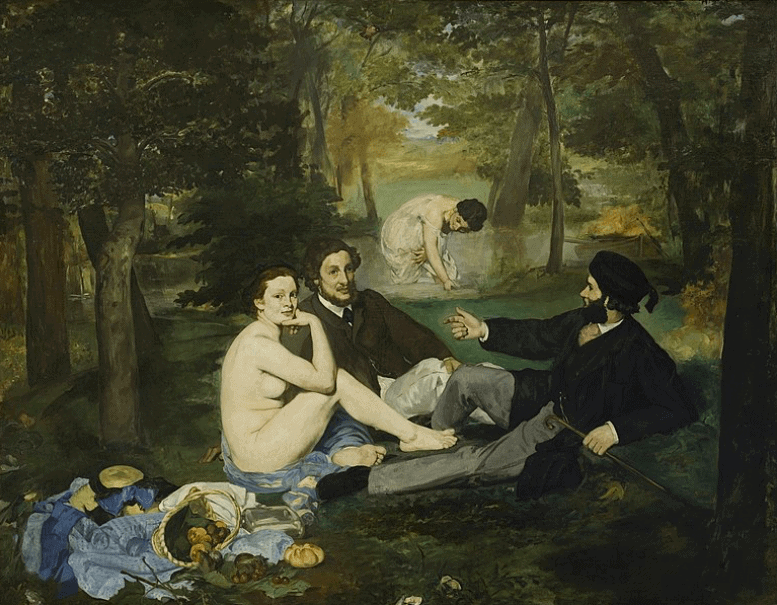
Postmodern Art consists of art produced during Postmodernism’s cultural and philosophical era, starting roughly around 1950 and arguably ongoing up to today.
Postmodernism is strongly connected to the Post-war era, as the Second World War plays a significant role in the paradigm shift of Modernism towards Postmodernism. As a result, the starting point can be situated around 1945 up to 1960, taking over the torch of Modernism (cf. supra: the end of Modernism).
Doing so, Postmodern Art emerged during the 50s. Pop Art is commonly seen as the first art movement of Postmodern Art as the distinction between high art and popular culture dissolved into the distinctive postmodern approach of embracing different ways of making art or defying to be defined what art is or can be. Postmodern Art got into its stride during the 60 and 70s during the heyday of Conceptual Art, followed by Performance Art, Installation Art, Arte Povera, and more (cf. infra: Art movements in Postmodern Art).
The end of Postmodern Art is still unclear as Postmodernism arguably still is the current cultural and philosophical movement. However, since the turn of the millennium, more scholars seem to state. Postmodernism has ended, and a new era has started. Although there is no consensus yet on this matter, in arts and literature, one can notice an inevitable shift in the nature of the ‘applied’ Postmodernism transcending Postmodern irony, often referred to as Post-postmodernism. An issue to be continued!
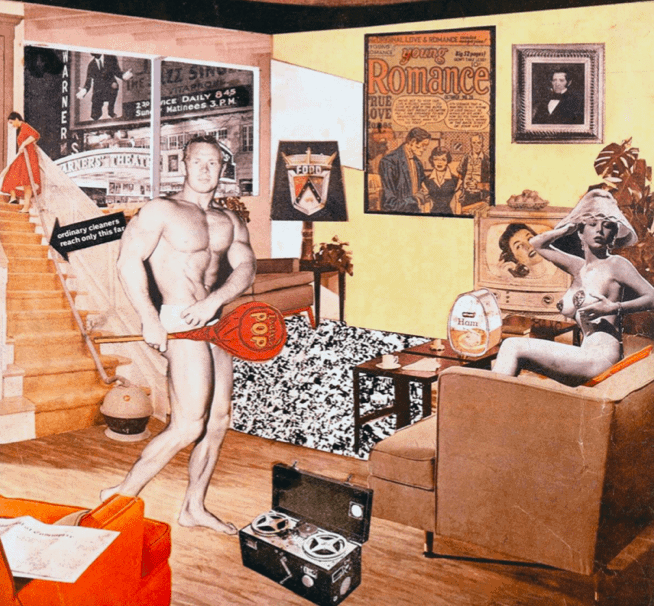
As we mentioned earlier, the symbolic start of Modern Art can be situated in Paris, France, with the Salon des Réfusés in 1863.
Throughout the first half of the 20th century, Modern Art manifested itself primarily in Europe and Russia with Russian Constructivism and Suprematism. During this half a century, Modernism distinguished itself with radical developments in art, resulting in an explosion of -isms, a Copernican Revolution in art, introducing Futurism, Fauvism, Cubism, Expressionism, and more (cf. infra: Art Movements in Modern Art).
During the late 30s and the 40s, with the Second World War functioning as a traumatic event and catalyst for change, many artists fled Europe to the United States, where there was a thriving cultural climate. Doing so, the focal point of Modernism shifted across the Atlantic, where Abstract Expressionism became the culmination point of Modern Art and marked the start of the dominance of American Abstract Art for the coming decades.
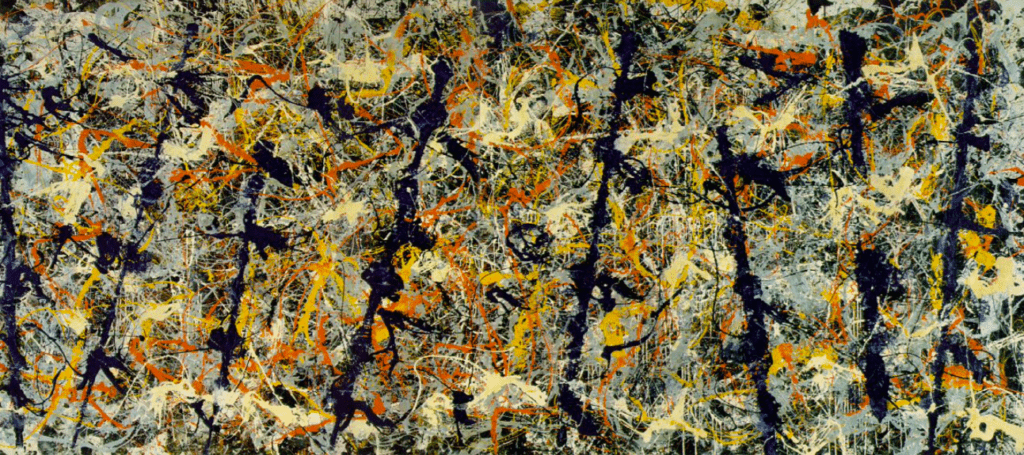
Trying to debate where Postmodern Art takes place is a bit of a non-debate. At this point, art movements have become relatively globalized instead of local.
One can say that Postmodern Art primarily manifested itself in the Western World from the 50s to the 70s. However, with the ongoing globalization and the end of the Cold War, different spheres started to blend as regional differences disappeared. Postmodern Art became a global movement in World Art.
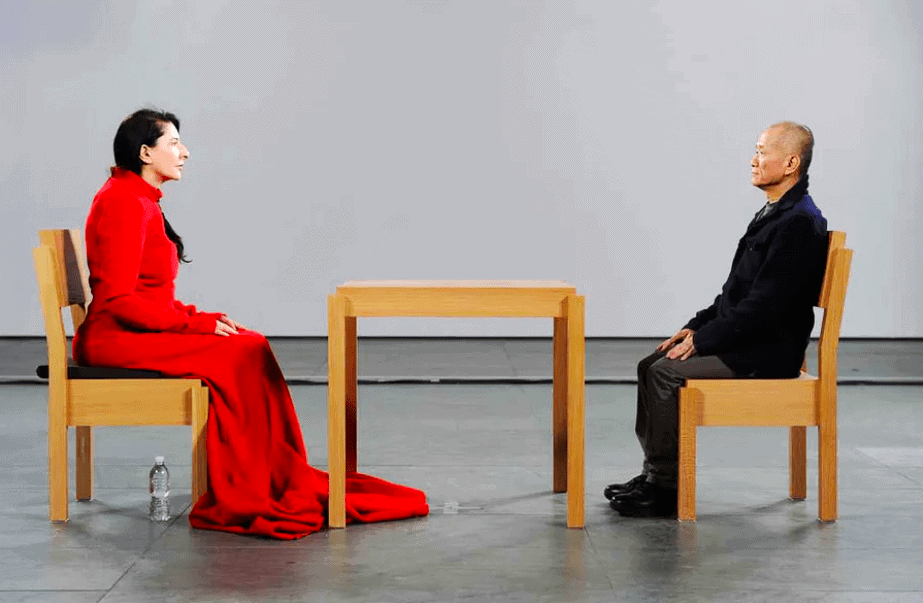
Modern Art is art produced during Modernism, marked by the rapid socio-political, cultural, and economic changes since the Industrial Revolution in the 19th century. These developments are often referred to as the road to modernity, modern society, or the modern industrial world. Progress was the critical objective by the manner of innovation, experiment, and reason.
As a result, Modern Art is marked by innovation, experiment, and an almost dogmatic belief in reason and progress, pushing the artist to discover new forms of art, innovating their style, medium and subject matter, freeing themselves from academic conventions, abolishing tradition in their quest for Modern Art.
From a visual point of view, modern artists experimented with color, technique, and eventually also with shapes, resulting in a clear tendency toward abstraction. Please think of the Impressionists depicting reality with raw strokes of color, the Fauvists and their free use of color, or the Cubists and their unique approach towards form resulting in an abstracted representation of reality such as Picasso’s iconic Les Demoiselles d’Avignon.
There is also a powerful shift concerning the subject matter of modern art. The impelling force of Modern Art was often social such as Courbet’s realism, or political such as the Futurists or Russian Constructivists. An ideological agenda of progress with often utopian or idealistic visions of modern life became one of the critical elements of Modern Art. Further, there was an immense interest in certain scientific or psychological discoveries. Think of the impact of Sigmund Freud’s psychoanalysis and dream studies on art movements such as surrealism resulting in absurd associations and a new interest in the subconscious.
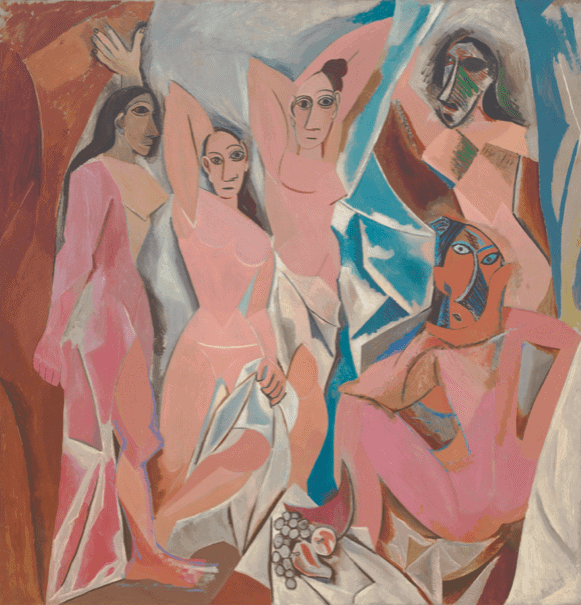
Postmodern Art is art produced during Postmodernism, reacting against the empty promises of Modernism and the search for a new world order due to the Second World War.
Doing so, Postmodern Art is marked by skepticism, a suspicion of reason, and a radical epistemological doubt challenging the notion of universal truths due to the imminent relativity of things.
Critical aspects of Postmodern Art are the emphasis on the individual experience, irony, and the complexity of contradictory layers of meaning. Further, the definition of art is contested, fading the distinction between high art and popular culture, introducing appropriation and eclecticism, and breaking the formal conventions of art, questioning the art establishment.
These elements brought new media, new movements, and a new definition of art in general, often referred to as ‘anything goes’. However, the ingenuity of these new developments in Postmodern and contemporary art is undeniable and has elevated the concept of art to a new level.
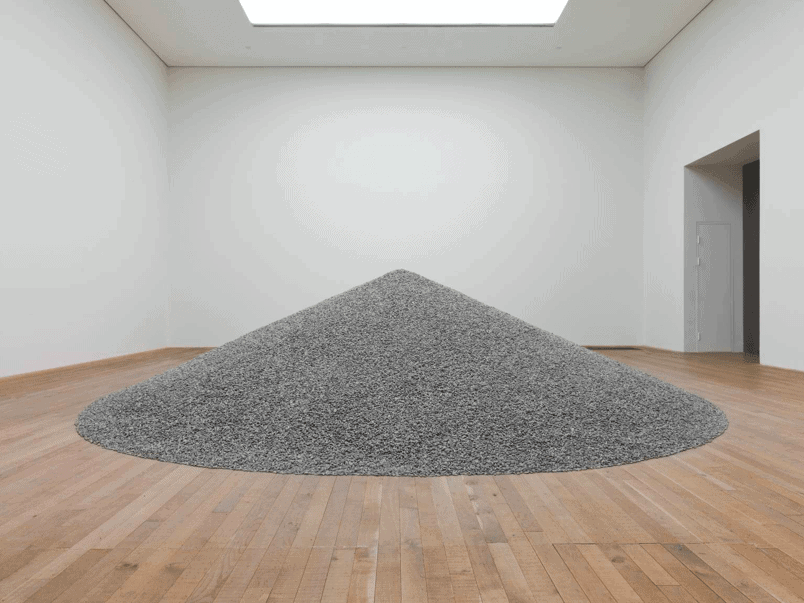
Modern Art experienced an explosion of new art movements, especially during the first half of the 20th century. As a result, to understand and recognize Modern Art, in this section, we will list all the most critical Modern Art movements, followed by the best-known examples of this particular movement.
The art movements of Modern Art are Realism, Impressionism, Post-Impressionism, Les Nabis, Fauvism, Cubism, Futurism, Expressionism, Dadaism, Suprematism, Constructivism, De Stijl, Surrealism, and Abstract Expressionism.
Here come some of the best examples of these movements and thus examples of Modern Art. Notice how we scroll down further in time and how the tendency towards abstraction continues to manifest itself.
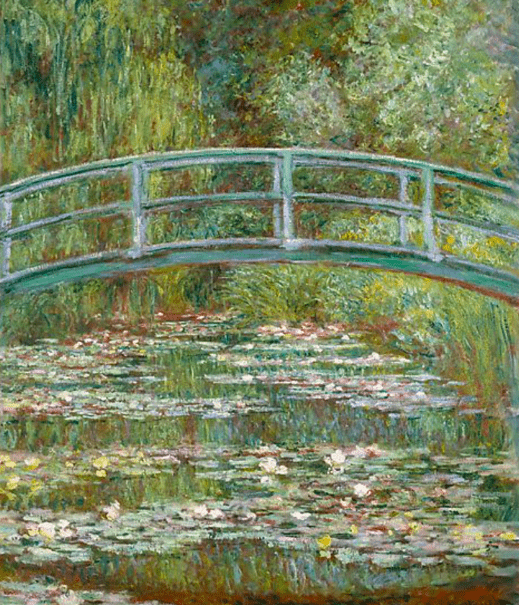
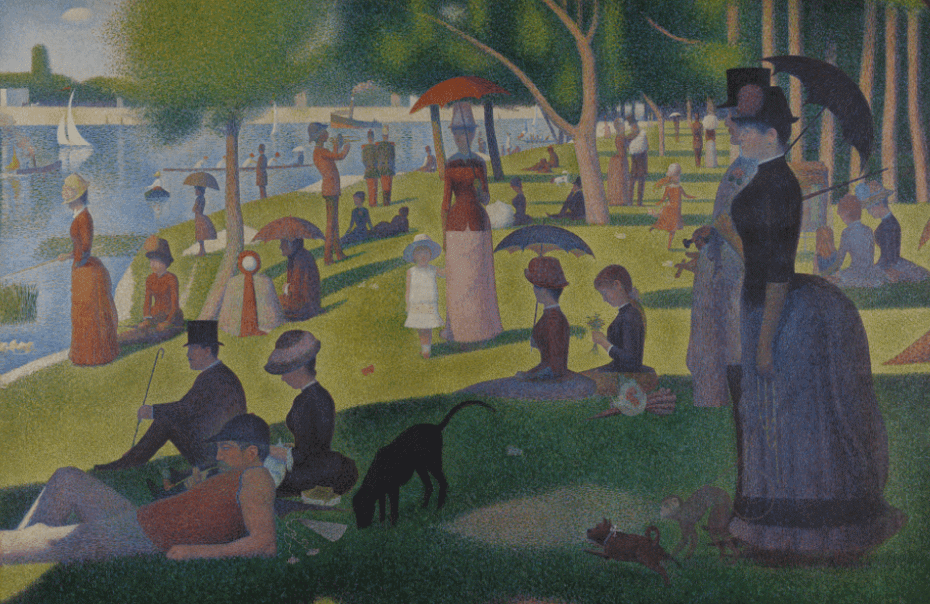
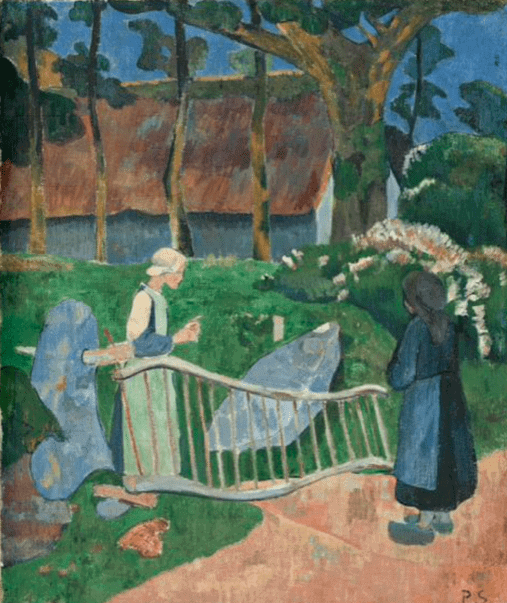
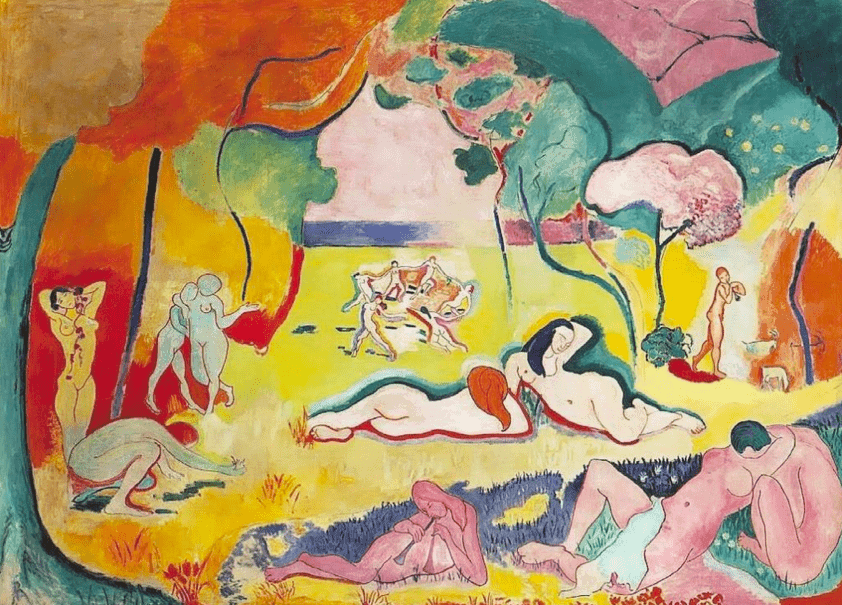
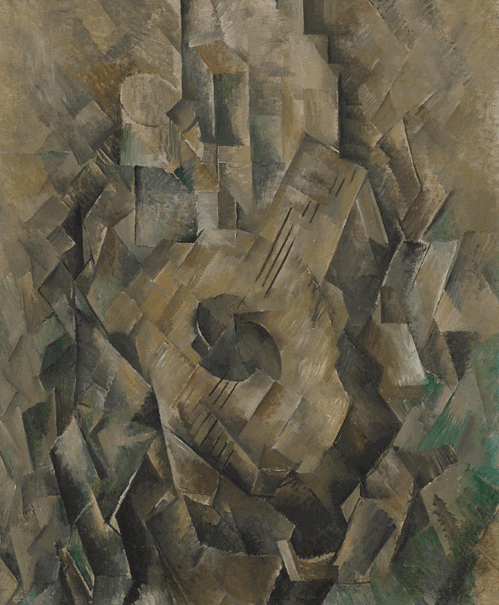
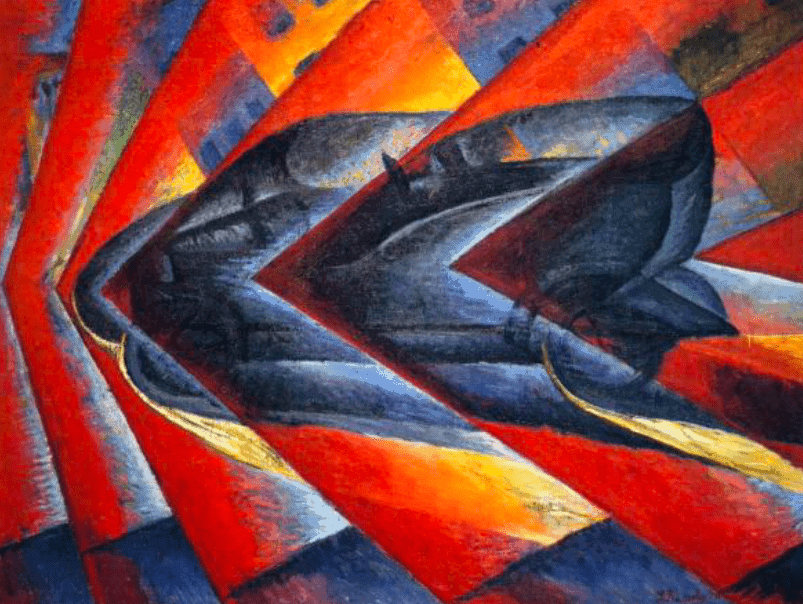
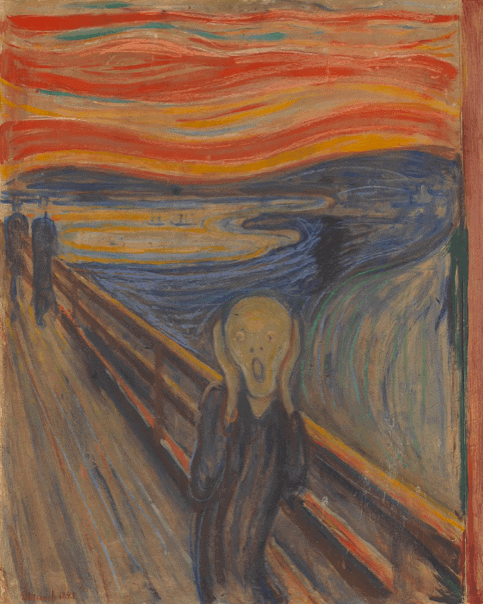

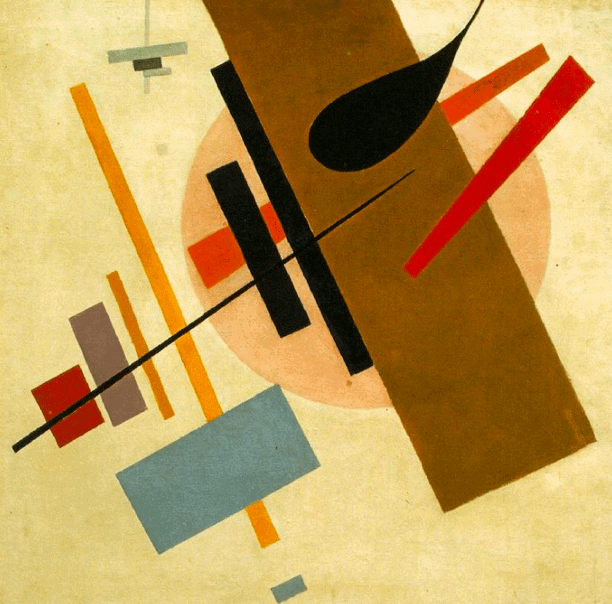
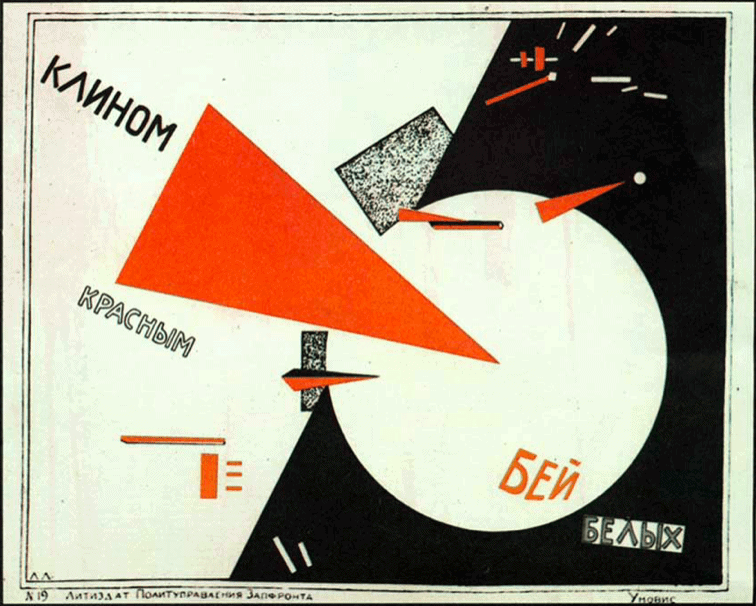
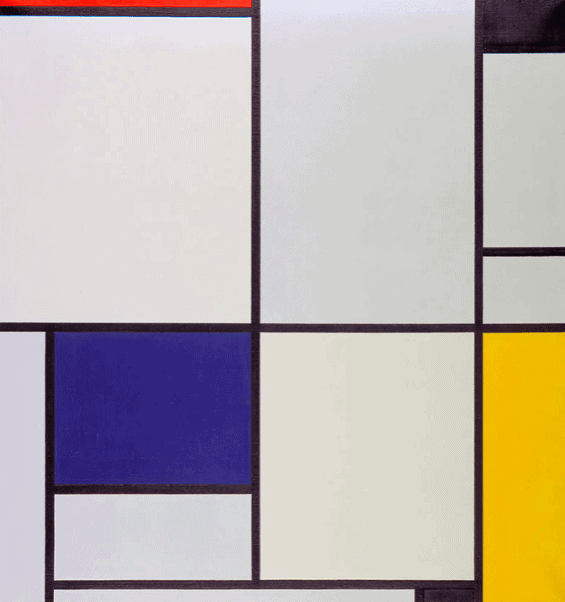
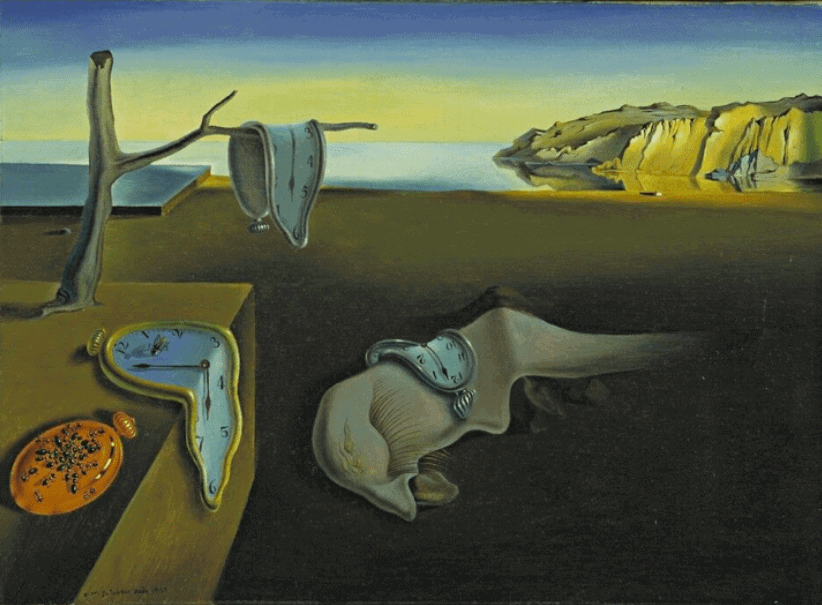
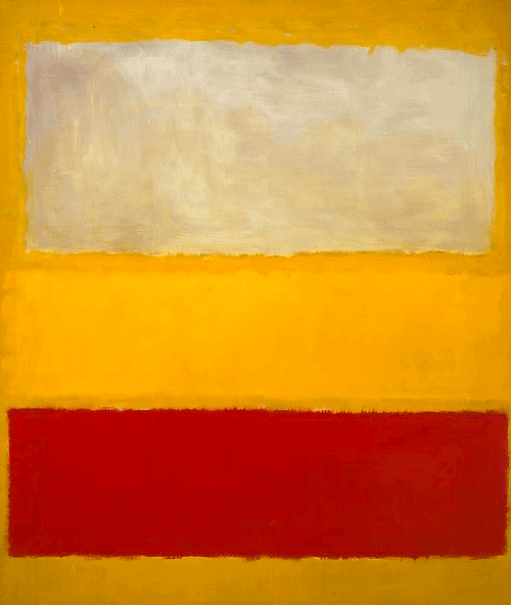
With Postmodern Art, the new art movements seem to be different, innovating in style and subject matter and pushing the boundaries of what art can be.
The art movements during Postmodern Art are Pop Art, Arte Povera, Capitalist Realism, Photorealism, Fluxus, Conceptual Art, Land Art, (Post-)Minimalism, Feminist Art, Op Art, and Neo-Expressionism.
The list below illustrates the variety and diversity of Postmodern Art. From soup cans or written words to mud in the sea or a box with keys.
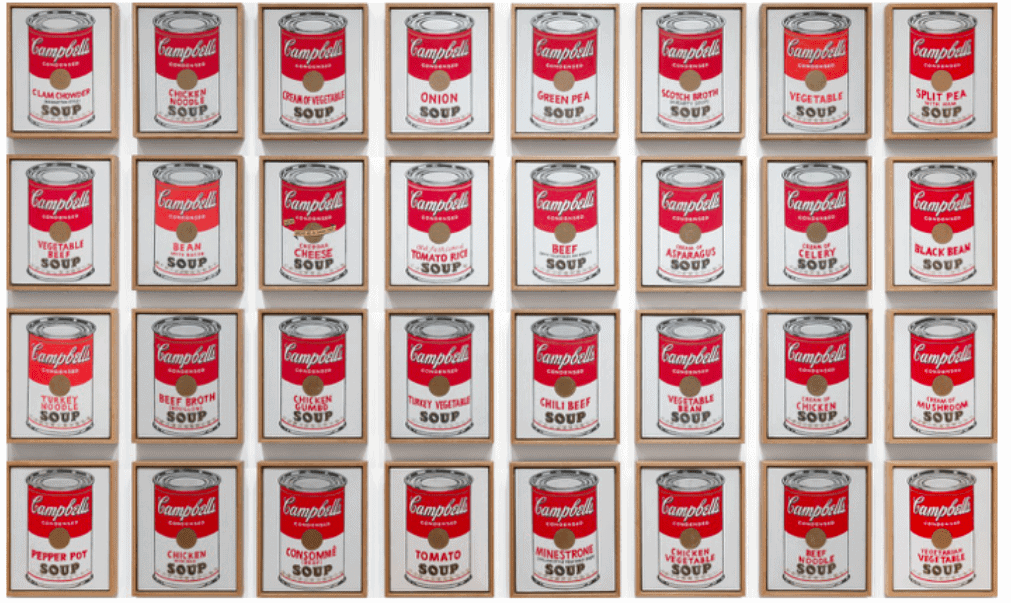
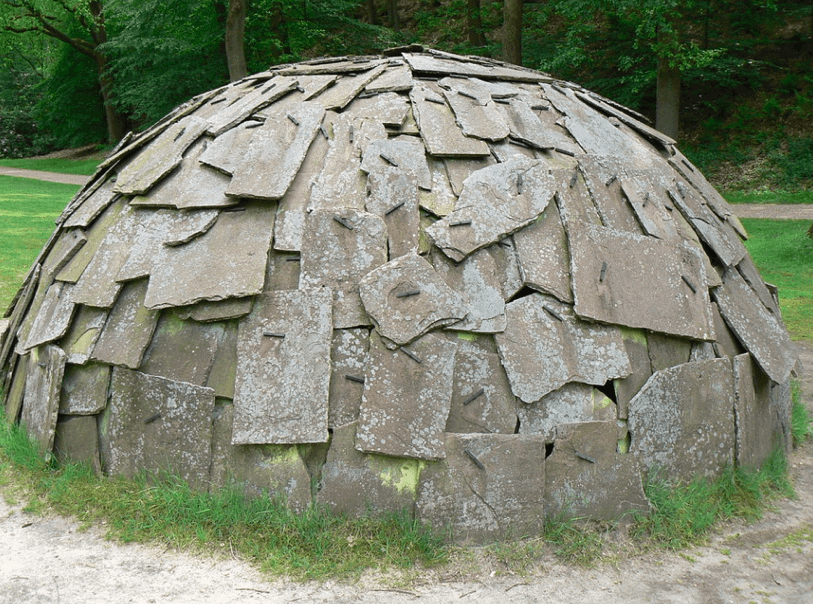
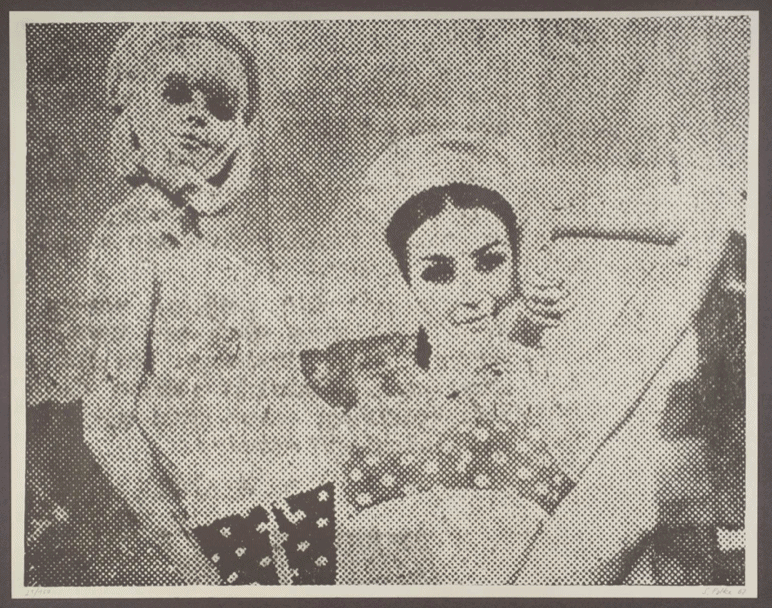
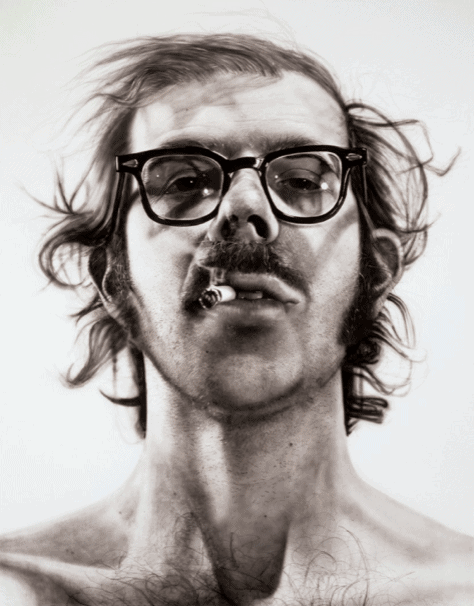

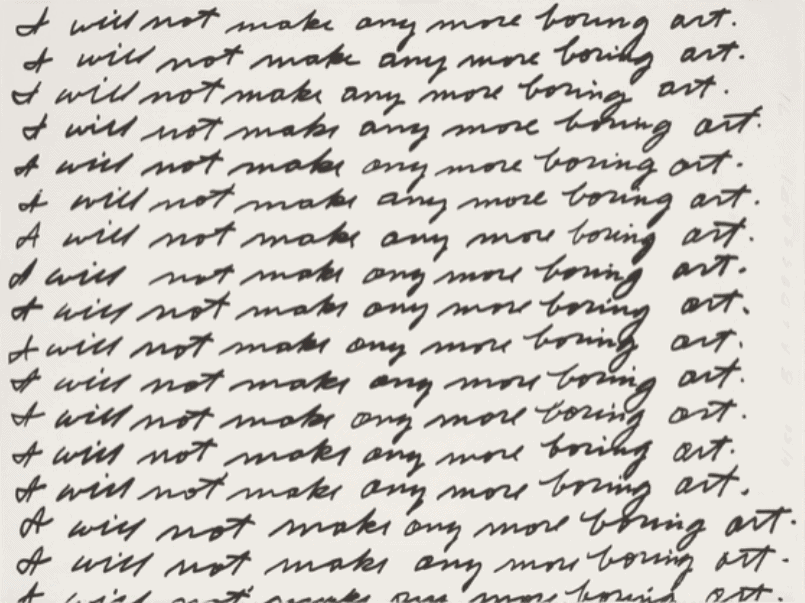
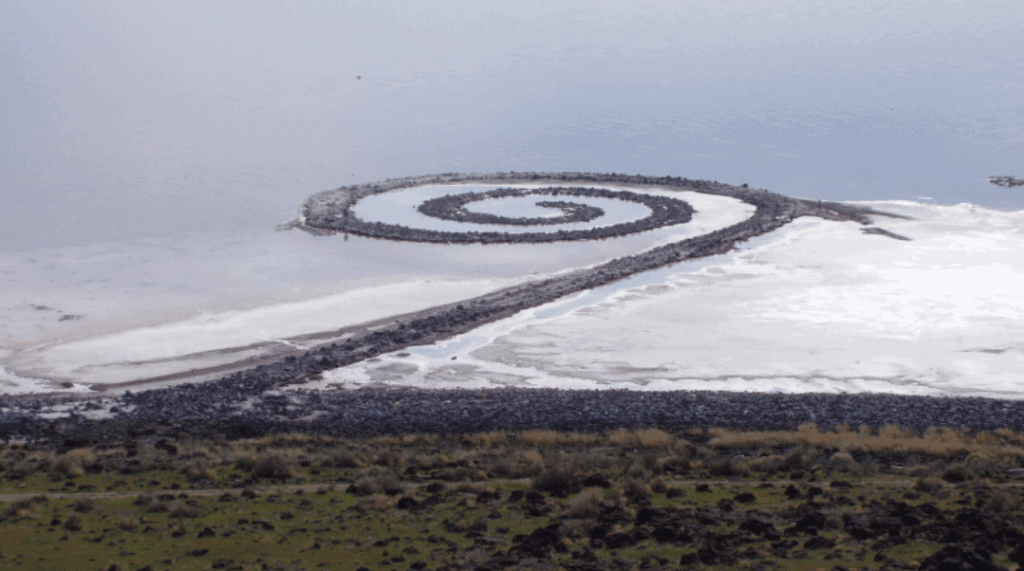
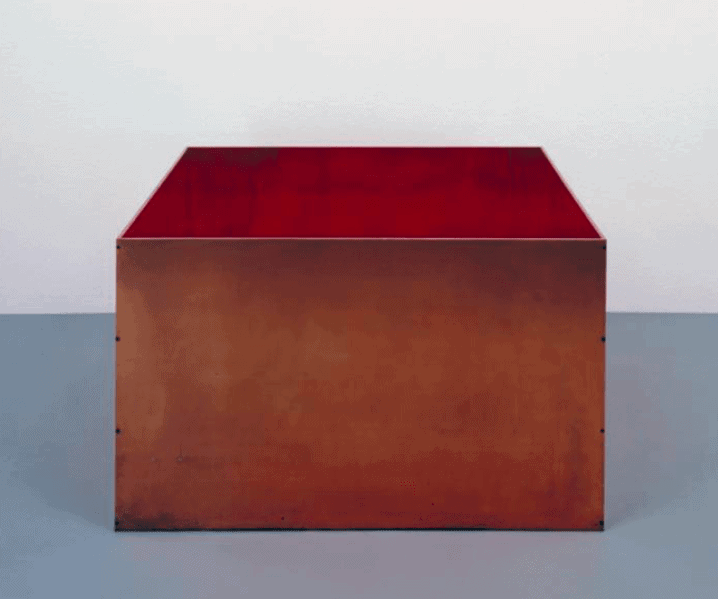
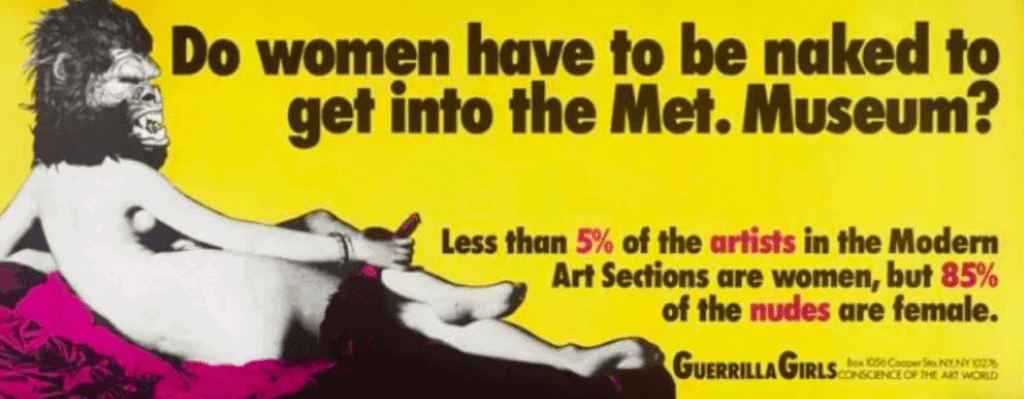
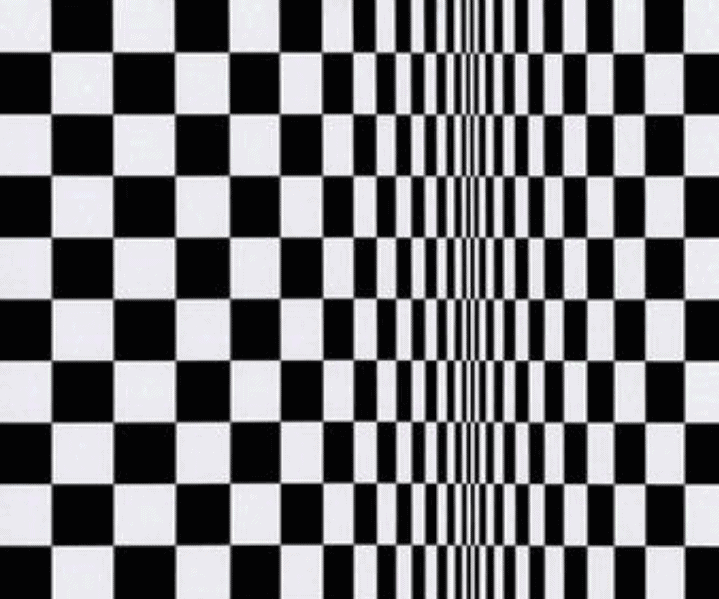
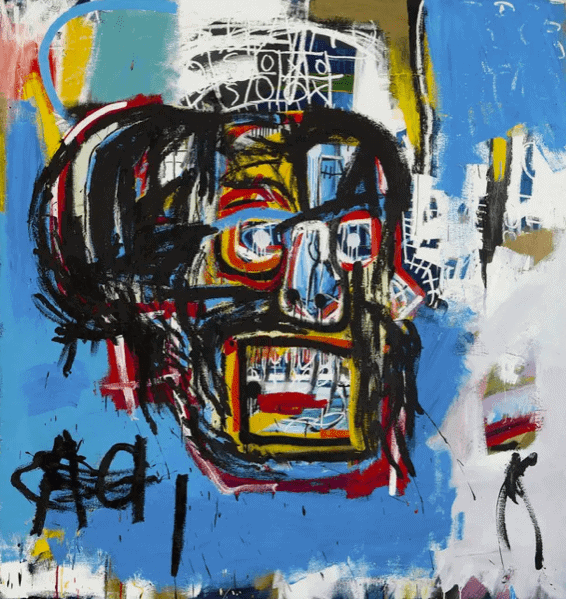
The first key difference between Modern Art and Postmodern Art is the era in which they manifest themselves. Modern Art takes place during the movement of Modernism from roughly 1850 up to 1950, followed by Postmodern Art during the movement of Postmodernism from approximately 1950 up to now. This implies that Modern Art belongs entirely to the past, whereas Postmodern Art reaches the present day and can still be seen as Contemporary Art.
We can find a second key difference in the different characteristics of both movements, Modernism versus Postmodernism. Reason versus doubt, progress versus skepticism, objectivity versus relativity, universal truths versus personal experiences. Further, Modern Art remains strongly connected to the traditional art forms (with some exceptions, such as Duchamp’s ready-mades), staying true to the best-known media such as painting, drawing or sculpture. With Postmodern Art, various new media, such as installation, video, or performance, come into play.
Finally, a third fundamental difference between Modern Art and Postmodern Art is the art movements or types of art. When one can identify the art movement a specific artwork belongs to, we can state whether the artwork is Modern Art or Postmodern Art, following our list of art movements we have outlined above.
Last Updated on September 15, 2023

A Studio Visit During the La BIBI Residency
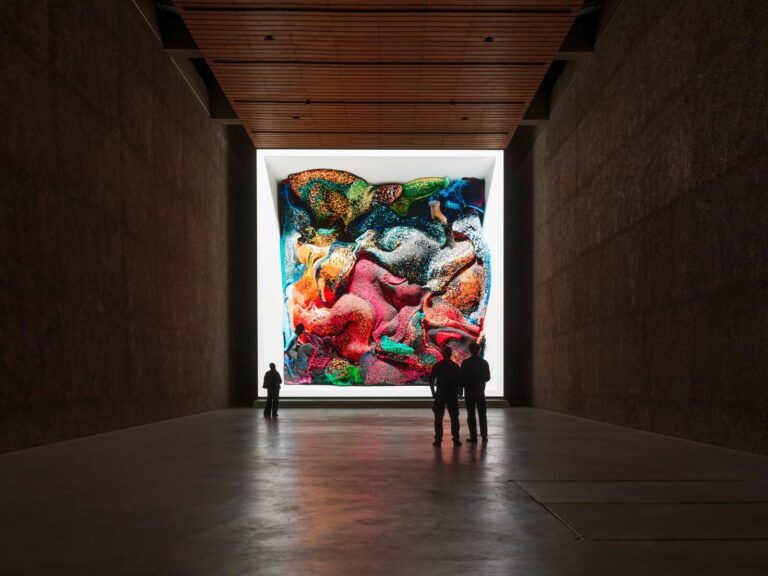
A Reasoned Anthology